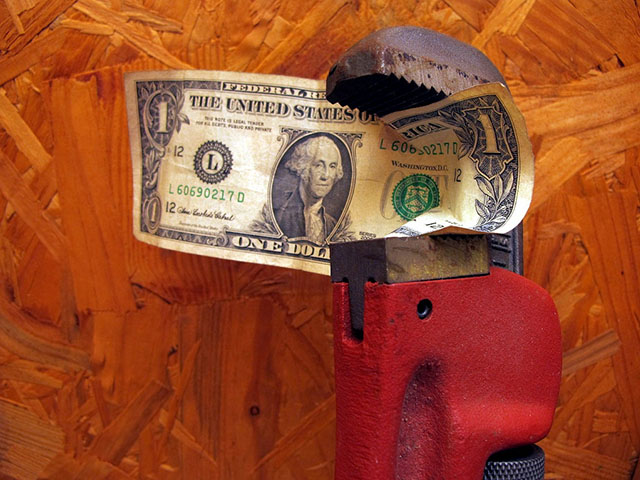An Urban's Rural View
What Higher Interest Rates Will Mean for Farmers
Everybody's worried about inflation, but few have been hit by it as hard as farmers. Unfortunately for them, while the government has a cure, of sorts, for the inflation troubling "everybody," that cure may not help farmers as much.
Consumer prices leaped 6.8% in November from a year ago. Prices of many fertilizers more than doubled, and other ag input prices are up sharply, too. At the DTN Ag Summit in Chicago in early December there was a lot of hallway chatter about the nasty bite these increases will take out of farm profits next year.
Recognizing that inflation has proved worse than anticipated, the Federal Reserve is pivoting to a tighter monetary policy. By next March it will no longer be making big purchases of assets to stimulate the economy. At that point, it's likely to begin raising interest rates.
Fed policymakers are signaling there could be three quarter-point rate hikes next year. That would leave the Fed's benchmark interest rate at around 1%. Fed policymakers are signaling a possible four increases in 2023, taking the benchmark to around 2%. (https://www.federalreserve.gov/…)
The Fed hopes this gradual tightening will rein in inflation without throwing the economy into recession. It won't provide much immediate inflation relief, though. Monetary policy operates with lags. Even if the Fed began boosting rates today it might be many months before higher rates took the edge off inflation.
P[L1] D[0x0] M[300x250] OOP[F] ADUNIT[] T[]
For farmers, higher interest rates may offer even less relief. Raising rates tamps down excess demand in the economy but does little to unsnarl supply bottlenecks, which lie behind much of the inflation afflicting farmers. These bottlenecks include China's ban on exports of phosphate and the storms that disrupted U.S. fertilizer plants earlier this year.
To be sure, by slowing the economy higher rates will put downward pressure on prices of natural gas, a critical ingredient in some fertilizers. But geopolitical issues, like the Russian troop buildup on Ukraine's border, could keep natural-gas prices elevated.
Then, too, whatever their effect on farm-input inflation, higher rates hurt farmers directly when they borrow to finance operations or land purchases.
To compensate for the huge price increases, farmers can and will cut back on their use of fertilizer and other inputs. Some will rotate to crops that require less fertilizer. Others will apply it at the minimum possible level. But there are limits to how much they can cut without hurting yields.
The other thing farmers can do is comparison shopping. Please excuse the commercial for DTN, but if you don't already have a MyDTN subscription, DTN's fertilizer coverage is one of the many reasons to think about getting one.
Every week DTN surveys 300 retailers across the country, gathering 1,700 fertilizer price bids. The result is the DTN Fertilizer Index, a recognized national benchmark. A recent Wall Street Journal article quoted DTN fertilizer prices extensively. (https://www.wsj.com/…)
DTN's coverage of fertilizer price hikes also was cited in a recent letter from Sen. Charles Grassley, R-Iowa, to U.S. Attorney General Merrick Garland calling for an investigation of price increases and potential collusion by fertilizer manufacturers.
MyDTN subscribers can access the full DTN Fertilizer Index, including the state averages. (https://www.mydtn.com/…)
The final thing farmers can do is hope. Yes, I know, hope is not a strategy, and yes, the Federal Reserve has dropped its use of the word "transitory" to describe today's rising prices. But supply bottlenecks do work themselves out over time and it's still possible inflation will slow in coming months, easing the pressure on the Fed to tighten.
Hope, as they say, springs eternal. We have to hope inflation does not.
Urban Lehner can be reached at urbanize@gmail.com
(c) Copyright 2021 DTN, LLC. All rights reserved.




